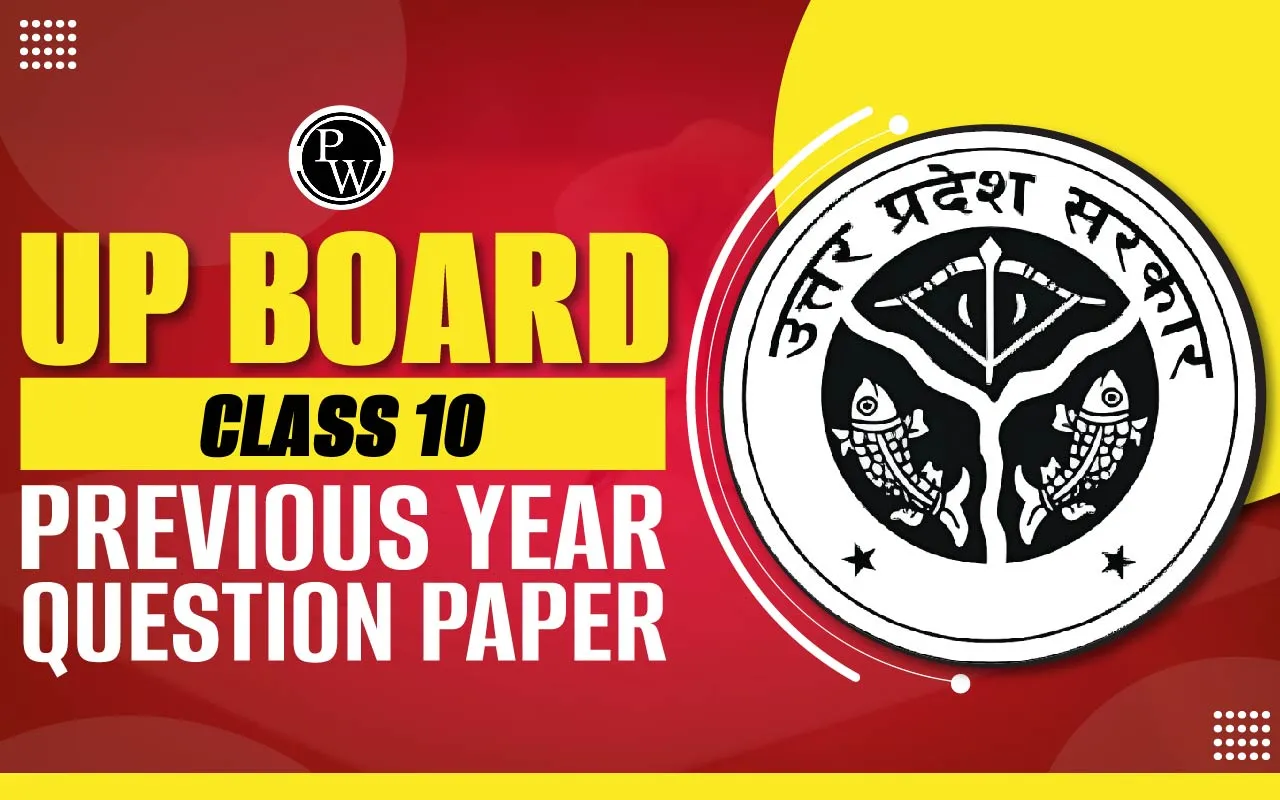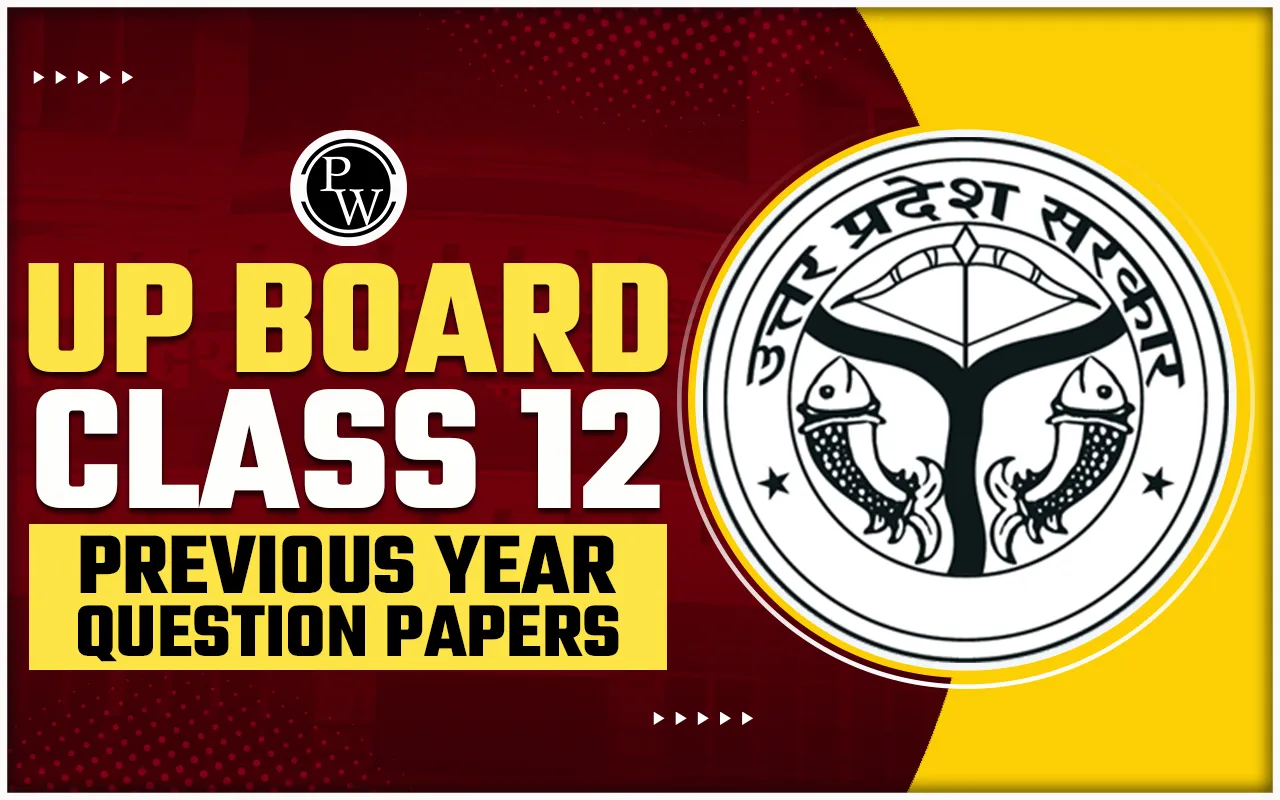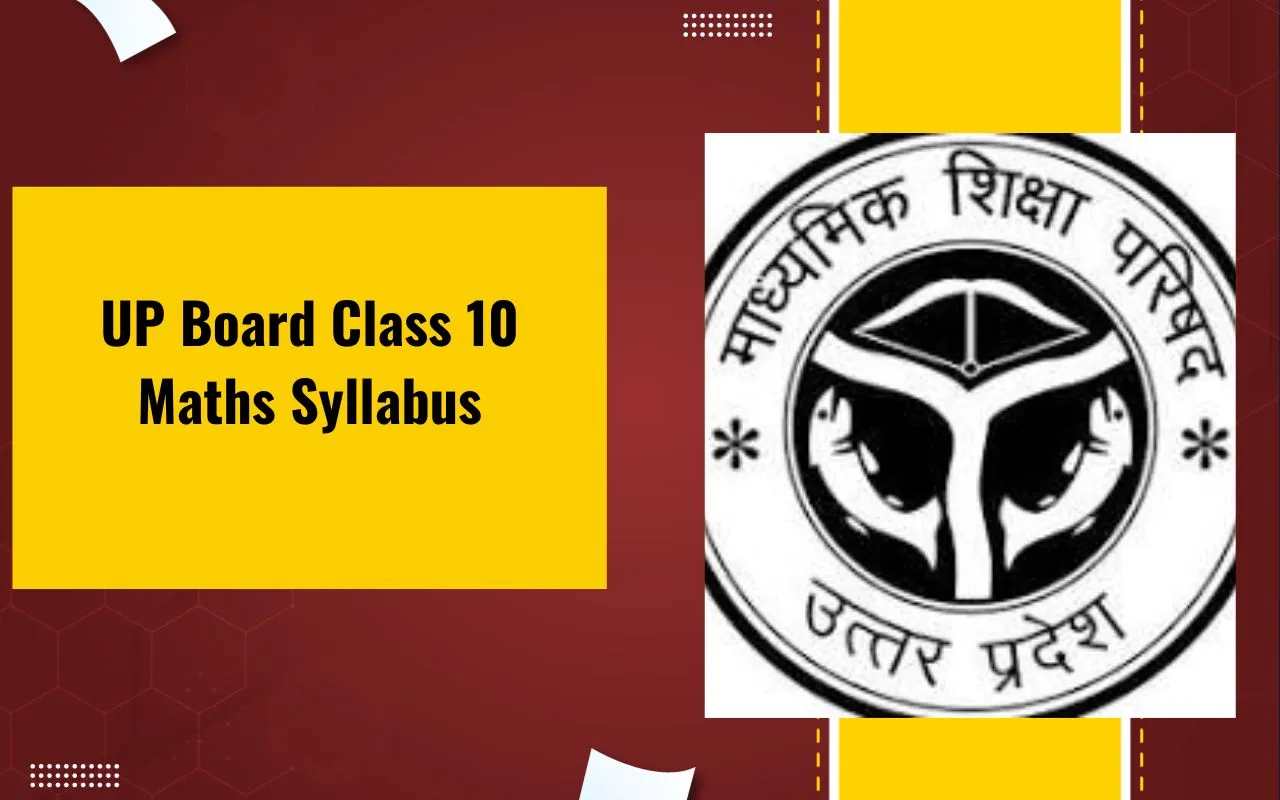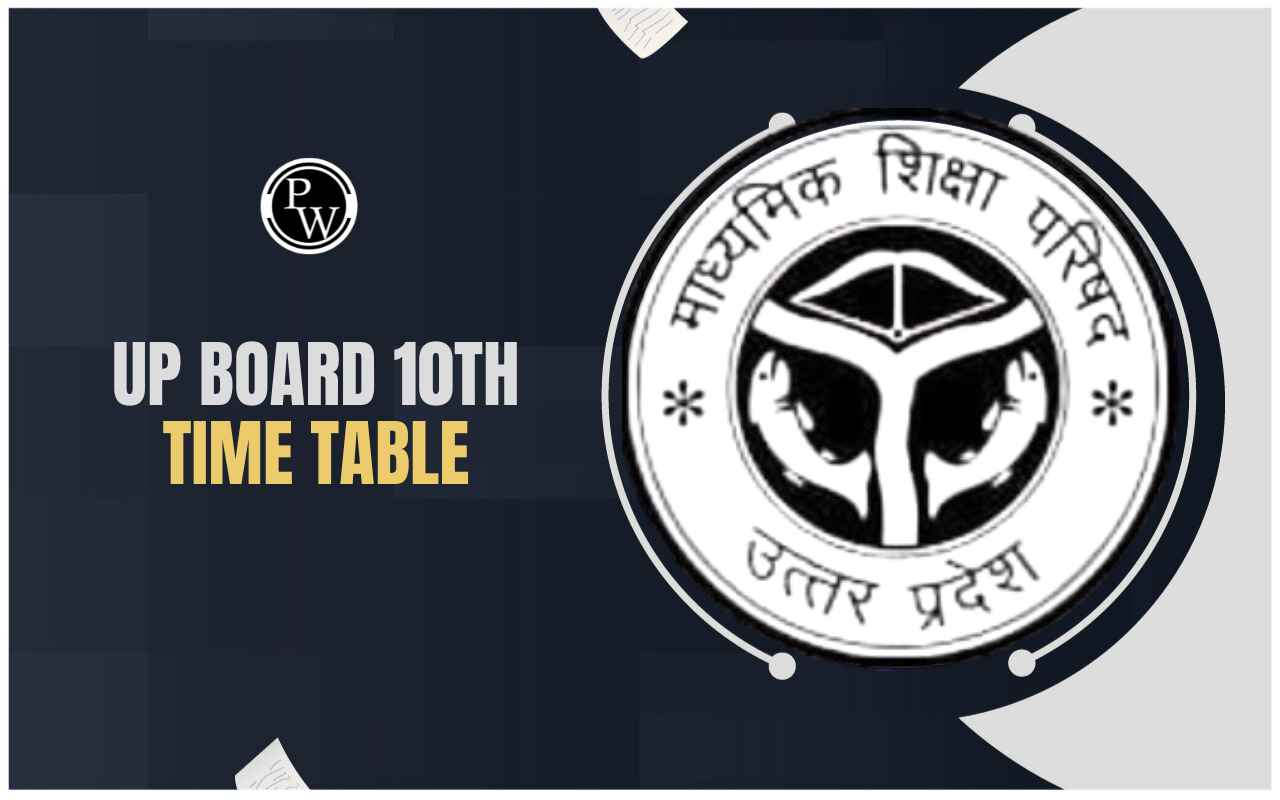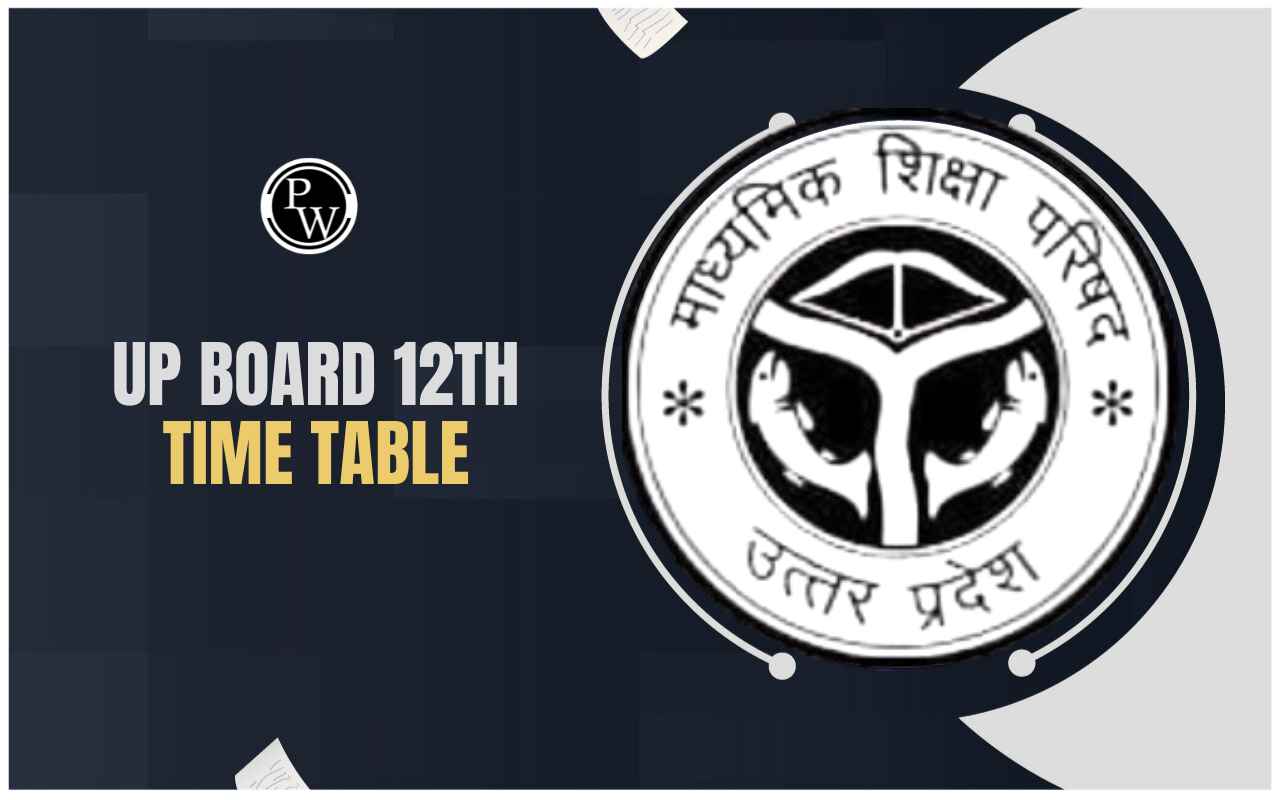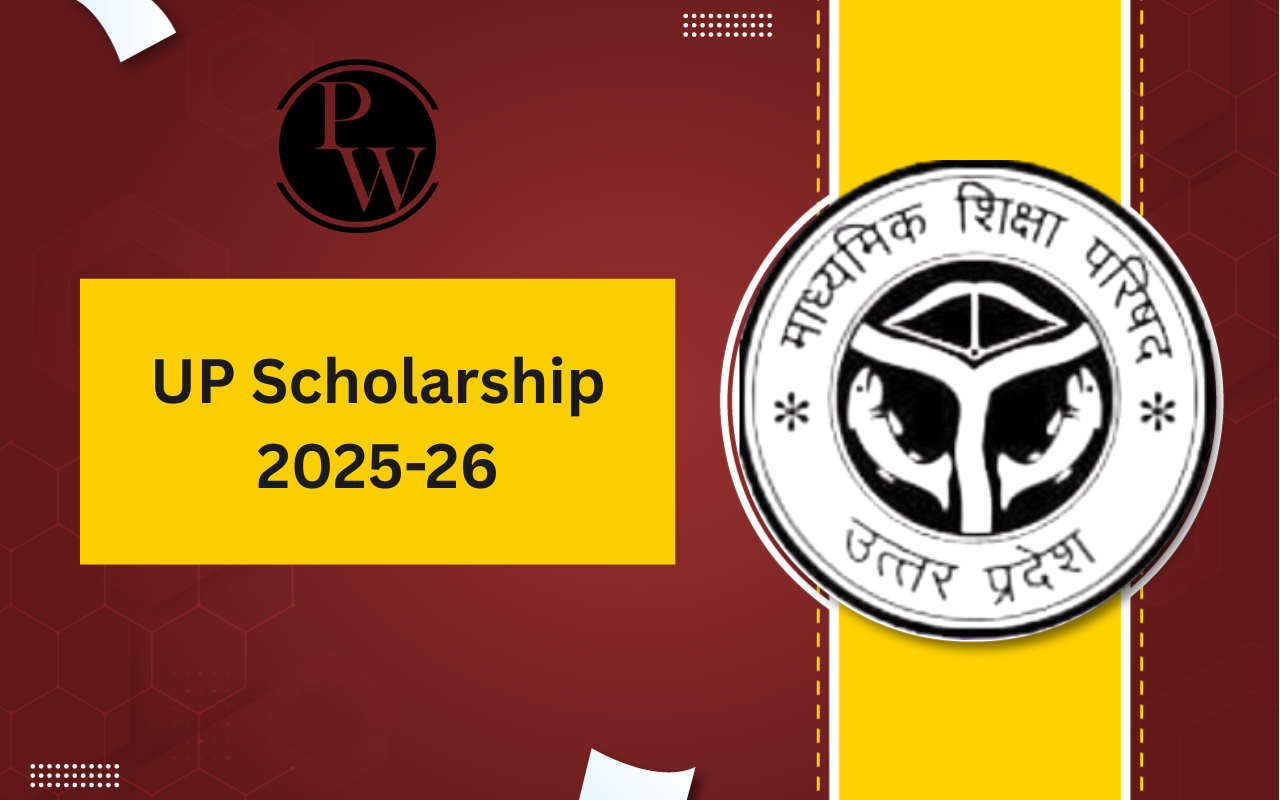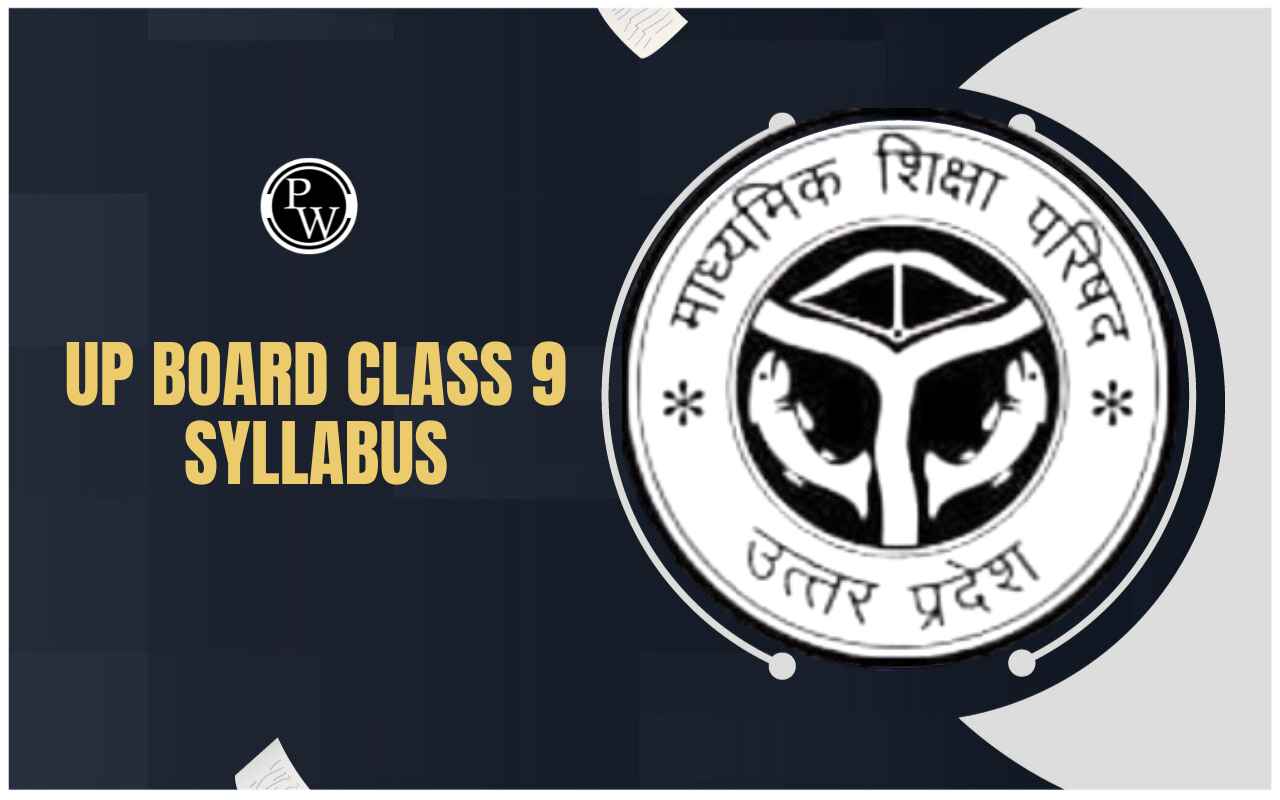
UP Board 12th Class English Syllabus 2025-26: The UP Board releases the academic syllabus on its official website upmsp.edu.in. English is a compulsory subject in Class 12th board exams, making it important for students to understand the syllabus thoroughly and prepare accordingly.
The UP Board syllabus is divided into four major sections: Reading, Writing, Grammar, and Literature. Each section is included in the syllabus to test a students’ overall understanding of the subject whether it’s interpretation of the text, knowledge about the structure of the sentence, and building communication skills.
UP Board 12th Class English Syllabus 2025-26
The overview for the UP Board 12th Class English syllabus is given below:
|
UP Board Class 12th English Syllabus 2025-26 Highlights |
|
|
Conducting Board |
Uttar Pradesh Madhyamik Shiksha Parishad (UPMSP) |
|
Academic Year |
2025-26 |
|
Subject |
English |
|
Mode of Examination |
Written Exam |
|
Total Marks |
100 marks |
|
Exam Duration |
3 hours |
|
Official Website |
|
UP Board 12th Class English Syllabus 2025-26 Marking Scheme
The UP Board mentions the marking scheme to allow students to prepare strategically for the board exams as English is a compulsory subject. The English syllabus is created to assess students’ comprehension, grammar, writing skills, and literature understanding.
In English, the exam is of 100 marks and students need to complete the entire written exam in 3 hours. It includes sections related to grammar and literature both. Here's a breakdown of the marking scheme:
-
Section A – Reading (15 Marks): This section includes one long unseen passage.
-
-
Short Answer Questions: 4 questions × 3 marks = 12 marks
-
Vocabulary (Synonyms/Antonyms etc.): 3 questions × 1 mark = 3 marks
This section tests comprehension and vocabulary skills.
-
-
Section B – Writing (20 Marks): This section tests the students’ ability to express ideas clearly.
-
-
Article Writing (Descriptive, Argumentative, or Autobiographical) – 100 to 150 words = 10 marks
-
Letter Writing (to the Editor, Complaint, Business letters—orders, enquiries, etc.) = 10 marks
-
-
Section C – Grammar (25 Marks): This section checks command over sentence structure, vocabulary, and grammatical accuracy.
-
-
Grammar-Based Questions (Narration, Synthesis, Transformation, Syntax, Idioms & Phrases, Synonyms, Antonyms, One-word Substitution, Homophones): (10 questions × 2 marks = 20 marks)
-
Translation (7–8 sentences from Hindi to English): (5 marks)
-
-
Section D – Literature (40 Marks): This is based on the prescribed textbook Flamingo.
Prose:
-
-
Two short answer questions = 8 marks (4+4)
-
One long answer question = 7 marks
-
Poetry:
-
-
Three very short answer questions from poetry extract = 6 marks (3×2)
-
Identification of Figures of Speech (Simile, Metaphor, Personification, etc.) will be tested in this section
-
Central Idea of the poem = (4 marks)
-
Supplementary Reader (Vistas):
-
-
Two short answer type questions. (4+4=8 marks)
-
One long answer type question (7 marks)
-
UP Board 12th Class English Syllabus 2025-26 Download PDF
Students appearing for the UP Board Class 12 English exam can easily download the latest syllabus in PDF format given below. Having the syllabus helps in understanding the complete exam structure, including important topics, weightage, and paper pattern. It also allows students to plan their preparation more effectively by focusing on the right areas.
Download UP Board Class 12th English Syllabus 2025
Study without using the internet
UP Board 12th Class English Syllabus 2025-26 Prescribed Books
Students must refer to the books for completing the syllabus. They must use the below mentioned prescribed books:
Flamingo- Text Book PROSE
| Chapter | Title | Author |
|---|---|---|
| 1 | The Last Lession | Alphonse Daudet |
| 2 | Lost Spring | Anees Jung |
| 3 | Deep Water | William Douglas |
| 4 | The Rattrap | Selma Lagerlof |
| 5 | Indigo | Louis Fischer |
| 6 | Poets And Pancakes | Ashokamitran |
| 7 | The Interview - Part I and Part II | Christopher Silvester |
| 8 | Going Places | A.R. Barton |
POETRY
| Chapter | Title | Author |
|---|---|---|
| 1 | My Mother at Sixty-Six | Kamala Das |
| 2 | Keeping Quiet | Pablo Neruda |
| 3 | A Thing of Beauty | John Keats |
| 4 | A Roadside Stand | Robert Frost |
| 5 | Aunt Jennifer’s Tigers | Adrienne Rich |
Vistas- Supplementary Reader
| Chapter | Title | Author |
|---|---|---|
| 1 | The Third Level | Jack Finney |
| 2 | The Tiger King | Kalki |
| 3 | Journey to the End of the Earth | Tishani Doshi |
| 4 | The Enemy | Pearl S. Buck |
| 5 | On the Face of It | Susan Hill |
| 6 | Memories of Childhood | Zitkala-Sa & Bama |
For English Language, no specific book is given. Students must use books for grammar accordingly.
Tips to Score Well in UP Board 12th Class English Exam 2026 Section-Wise
It is important to have a strategy for English literature as they are section-wise marks and each section is important and scoring.
-
Unseen passage (15 marks) is a scoring area if you’re comfortable with comprehension.
-
Practice one unseen passage daily from previous years' papers or mock books.
-
Focus on improving your reading speed and identifying main ideas.
-
Learn how to spot synonyms and antonyms quickly within a passage.
-
The writing section (20 marks) includes articles and formal letters.
-
Practice writing articles on current topics and personal experiences (100–150 words).
-
Learn the correct format of letters (editor, complaint, business)
-
Focus on structure: introduction, body, and conclusion.
-
Grammar (25 marks) covers everything from narration to idioms.
-
Revise grammar rules for voice, narration, synthesis, and syntax regularly.
-
Solve at least 10 grammar-based MCQs daily to test your understanding.
-
Practice Hindi-to-English translation—start with small sentences and increase complexity gradually.
-
Literature (40 marks) is about understanding both prose and poetry deeply.
-
Prepare short and long answer questions from Flamingo and Vistas.
-
Highlight themes, characters, and author’s intentions while revising.
-
Learn the central ideas of all poems and revise figures of speech like simile, metaphor, etc.
-
One of the smartest ways to prepare is by practicing previous years' papers.
-
Solve at least one mock test paper every week under timed conditions.
-
Check your answers with marking schemes and learn from mistakes.
-
Focus more on time management and clarity of expression.
UP Board 12th Class English Syllabus 2025-26 FAQs
What is the pattern of UP Board Class 12 Exam 2025-26?
What are the sections in UP Board 12th Class English Syllabus 2026?
Is there any prescribed textbooks for UP Board Class 12 English Grammar syllabus?
Which book is used in UP Board Class 12 English 2025-26?

